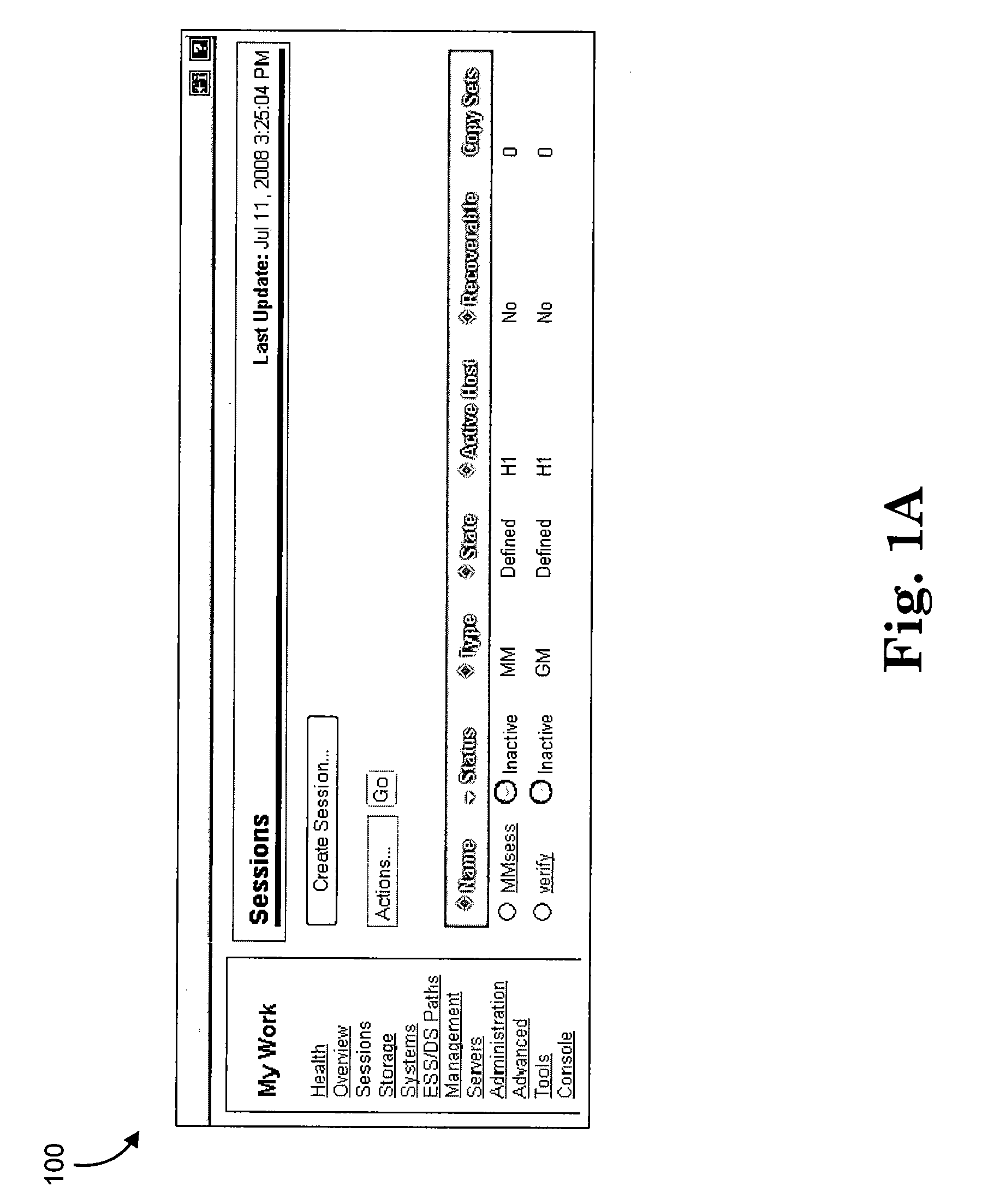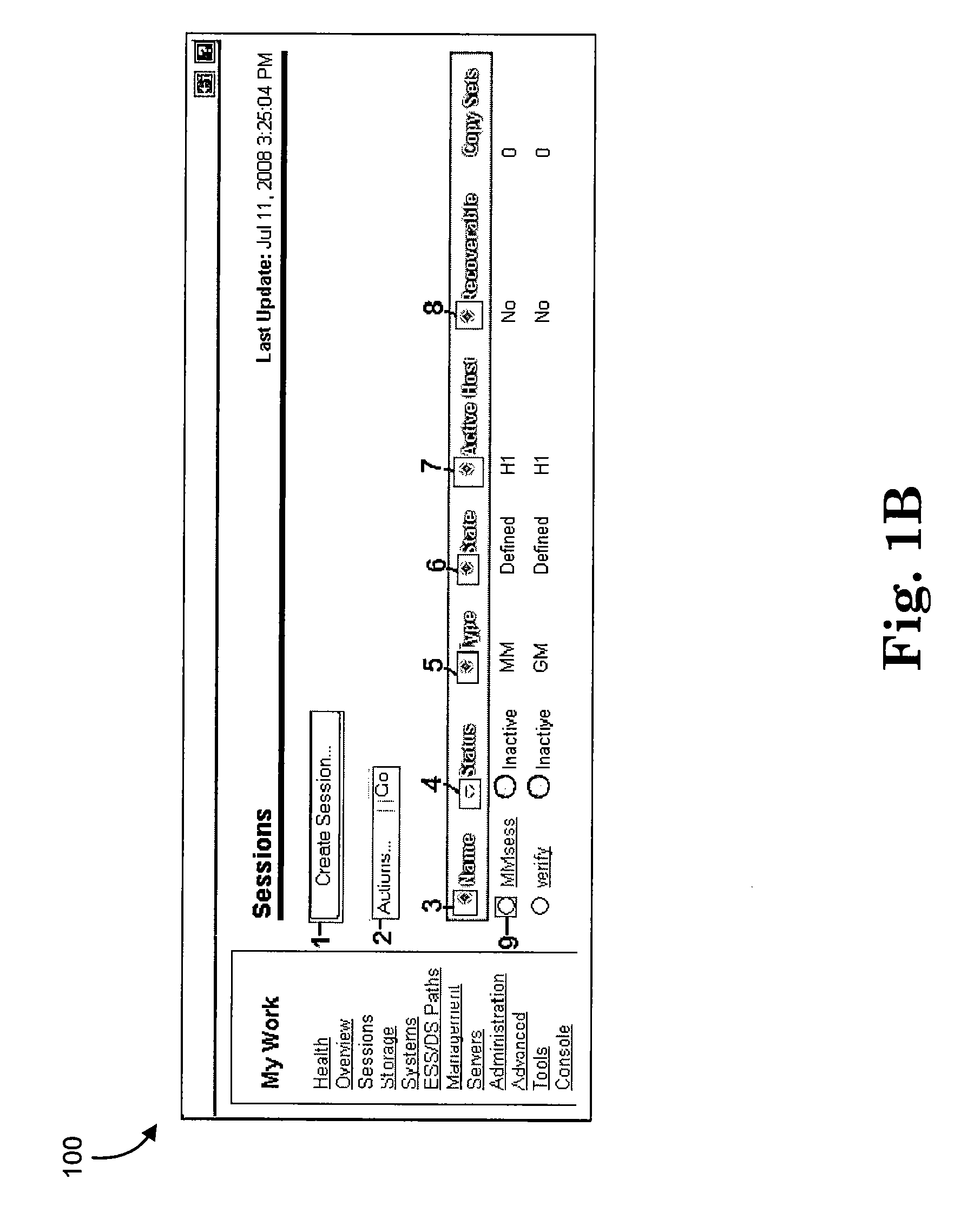Adaptive technique for sightless accessibility of dynamic web content
a dynamic web content and adaptive technology, applied in the field of adaptive technology for sightless accessibility of dynamic web content, can solve the problems of inability to alert the user to dynamic content that has changed a portion of the webpage, the ability of the screen reader currently in use, and the inability to detect dynamic content, so as to improve increase accessibility for sightless users
- Summary
- Abstract
- Description
- Claims
- Application Information
AI Technical Summary
Benefits of technology
Problems solved by technology
Method used
Image
Examples
Embodiment Construction
[0023]One aspect of the present invention includes providing an adaptive technique for enhancing the sightless accessibility of dynamic web content delivered to screen readers. Accordingly, one embodiment of the present invention employs measures to determine if a user is utilizing a screen reader or other accessibility software on a webpage. Another embodiment of present invention also includes measures to track the position of the screen reader or other accessibility software when accessing the dynamic web content. Furthermore, one embodiment of the present invention includes measures to deliver additional content or alerts to the user via the screen reader to enable the user to appropriately respond to the dynamic changes which have occurred within the webpage.
[0024]In one embodiment, detection and / or tracking measures are employed first to determine if the user needs additional processing or special display features for use with a screen reader. For example, website detection me...
PUM
 Login to View More
Login to View More Abstract
Description
Claims
Application Information
 Login to View More
Login to View More - R&D
- Intellectual Property
- Life Sciences
- Materials
- Tech Scout
- Unparalleled Data Quality
- Higher Quality Content
- 60% Fewer Hallucinations
Browse by: Latest US Patents, China's latest patents, Technical Efficacy Thesaurus, Application Domain, Technology Topic, Popular Technical Reports.
© 2025 PatSnap. All rights reserved.Legal|Privacy policy|Modern Slavery Act Transparency Statement|Sitemap|About US| Contact US: help@patsnap.com



